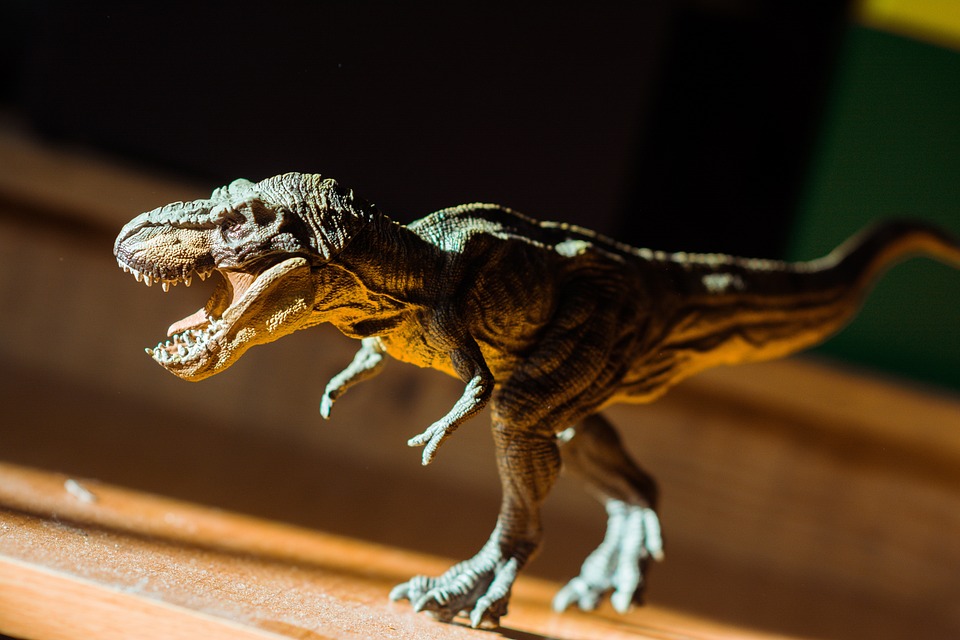Introduction:
Maintaining optimal oxygen levels in a fish tank is crucial for the health and well-being of your aquatic pets. In this article, we will explore various techniques and tips to enhance fish tank oxygenation, ensuring a thriving aquatic environment. Additionally, we will address frequently asked questions to provide a comprehensive understanding of this important aspect of fish health.
I. Understanding the Importance of Oxygenation
– The role of oxygen in fish health: Oxygen is essential for the survival of fish as it is required for their respiration process.
– Consequences of inadequate oxygen levels: Insufficient oxygen can lead to stress, weakened immune systems, and even death in fish.
– Optimal oxygen saturation levels for different fish species: Different species have varying oxygen requirements, and it is crucial to understand the specific needs of your fish.
II. Choosing the Right Equipment for Efficient Oxygenation
– Importance of a reliable air pump: An air pump is necessary to create a constant flow of air into the tank, facilitating oxygen exchange.
– Selecting appropriate air stones or diffusers: Air stones or diffusers help disperse the air bubbles and increase the surface area for oxygen exchange.
– Considerations for choosing a suitable air pump size: The size of the air pump should be appropriate for the tank size and the number of fish.
III. Optimizing Water Movement and Surface Agitation
– The impact of water movement on oxygen exchange: Adequate water movement improves oxygen exchange at the water’s surface.
– Installing a quality aquarium filter: Filters not only help remove debris but also promote water movement, aiding in oxygenation.
– Utilizing powerheads or circulation pumps for enhanced water flow: These devices can increase water movement and improve oxygenation in specific areas of the tank.
IV. Implementing Aeration Techniques
– Introduction to aeration techniques: Aeration techniques involve introducing air into the water to increase oxygen levels.
– Utilizing air stones or diffusers for fine bubble aeration: Fine bubbles from air stones or diffusers increase the surface area for oxygen exchange.
– Enhancing oxygenation with surface agitation methods: Surface agitation, such as using a water pump or creating a waterfall effect, helps increase oxygen transfer.
V. Enhancing Oxygenation Through Live Plants
– The benefits of incorporating live aquatic plants: Live plants not only add aesthetic value but also contribute to oxygen production.
– Aquatic plant species that contribute to oxygen production: Certain plant species, such as Anacharis and Hornwort, are known for their oxygenating properties.
– Planting techniques and maintenance tips for optimum oxygenation: Proper planting and care of live plants ensure they thrive and continue producing oxygen.
VI. Maintaining Water Quality for Improved Oxygenation
– Regular monitoring of water parameters: Monitoring factors like temperature, pH, and ammonia levels helps maintain a healthy environment for fish.
– Optimal temperature range for enhanced oxygen solubility: Lower water temperatures increase the solubility of oxygen, benefiting fish.
– Importance of proper filtration and regular water changes: A clean and well-maintained tank with proper filtration promotes oxygenation and overall fish health.
VII. Frequently Asked Questions (FAQs)
1. How can I tell if my fish tank has low oxygen levels? Look for signs like fish gasping at the water’s surface, sluggish behavior, or stressed fish.
2. Can I rely solely on live plants to oxygenate my fish tank? While live plants contribute to oxygen production, it is essential to have additional oxygenation methods in place.
3. How often should I clean or replace the air stones or diffusers? Cleaning or replacing air stones or diffusers every 4-6 weeks helps maintain their efficiency.
4. Is it necessary to adjust oxygen levels during nighttime? Oxygen levels naturally decrease at night, but additional adjustments may be necessary for tanks with heavy fish loads.
5. Can I over-oxygenate my fish tank? What are the risks? Over-oxygenation can cause stress to fish and other aquatic organisms, leading to health issues or even death.
Conclusion:
By implementing the techniques and tips discussed in this guide, you can ensure optimal oxygenation in your fish tank, promoting the well-being and vitality of your aquatic pets. Regular monitoring of oxygen levels and taking appropriate measures will contribute to a thriving aquatic ecosystem that supports healthy fish life.
Remember, maintaining proper oxygenation is just one aspect of fish health, and it is important to consider other factors such as water quality, nutrition, and stress reduction to provide a well-rounded environment for your beloved fish.









